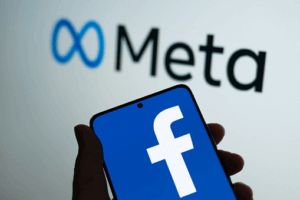What is Spot Price? Spot price is the price in the marketplace. For instance, security, commodity, or currency can be bought/sold at a particular place and time.
In a global economy, most securities or commodities’ spot price tends to be fairly equal worldwide when accounting for exchange rates. Meanwhile, a futures price is an agreed-upon rate for future delivery of the asset.
Spot prices are mostly referenced in relation to the cost of commodity futures contracts, such as contracts for oil, wheat, or gold. That’s because stocks always trade at spot. Consumer purchases or sells a stock at the quoted price and then exchanges the stock for cash.
A futures contract rate is usually defined using the spot price of a commodity. It also depends on supply and demand. The price is determined using the risk-free rate of return for the commodity owner and the expenses of transportation or storage concerning the contract’s maturity date. Remarkably, futures contracts with longer times to maturity usually require greater storage costs than contracts with nearby expiration dates.
Spot prices are changing continuously. Options, futures contracts, and other derivatives enable buyers and sellers of securities or commodities to lock in a particular price for a future time when they want to deliver or take possession of the underlying asset. Within derivatives, buyers and sellers can somewhat lessen the risk posed by constantly wavering spot prices.
Difference Between Spot and Futures Prices
The difference between spot and futures rates is the time of execution and delivery. While spot prices are for immediate buying and selling, a futures contract will delay the payment and delivery to a pre-agreed date in the future.
The terms contango or backwardation describe the correlation between the spot price and futures price. Contango is a market position where the futures price is higher than the spot price of the underlying. Simultaneously, backwardation suggests the futures price is currently trading lower than the spot price of the underlying.
Backwardation favors net long positions since futures prices will boost to meet the spot price as the contract approaches expiry. Contango tends to favor short positions. The futures lose value as the contract nears expiry and converges with the lower spot price.
Futures markets can run from contango to backwardation, or conversely, and may stay in either state for brief or extended periods. Observing both spot prices and futures prices is helpful to futures traders.
Surely, the difference between spot prices and futures prices is an essential distinction in the commodities and forex markets. But, it has to be mentioned it is less relevant for the stock market. As we know, physical shares are always traded at the current market price. Still, spot prices and futures prices are essential on stock options, equity index futures, and single-stock futures.
Examples of Spot Prices
In forex, the spot price is mostly referred to as the spot rate, and it is the quoted exchange rate among two currencies in a forex pair. For instance, if the quoted exchange rate for EUR/USD was $1.2354, it is also the spot rate. This figure reveals that you would have to spend $1.2354 to get €1.00.
To illustrate the spot price in the commodities market, let’s look at Brent crude. Notably, suppose the spot price of Brent was currently $55.00. In that case, it suggests that you could pay $55.00 now and get immediate delivery of the amount of oil that you purchased.
Still, if you were trading on a futures price of $57.00, it implies that you would be opening a contract once the price of the contract meets the futures price. For instance, once the market value surpassed $57.00, you would execute the trade and receive delivery of the underlying.











